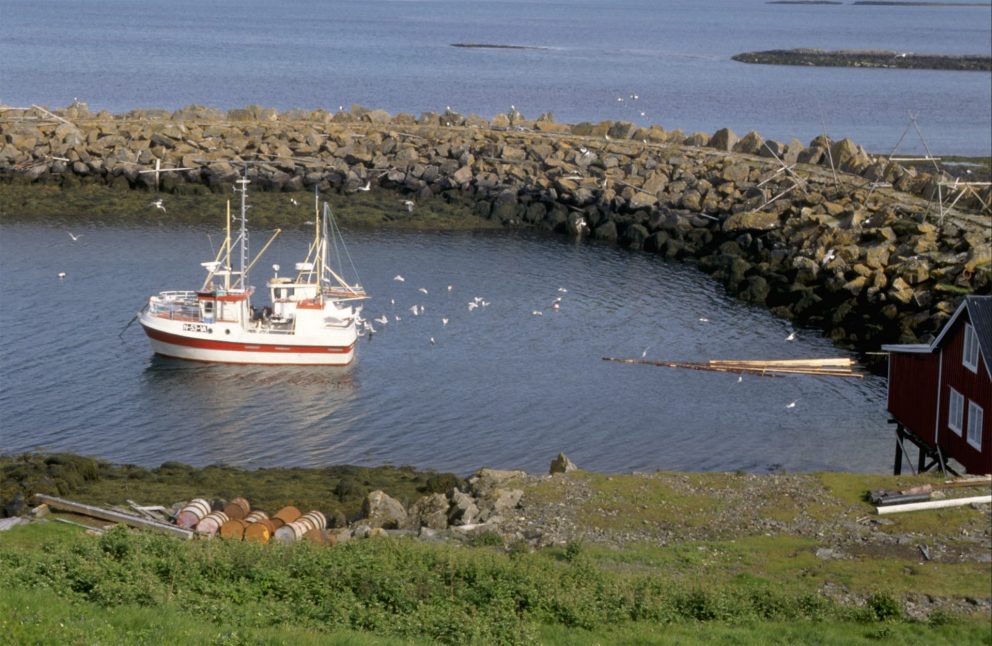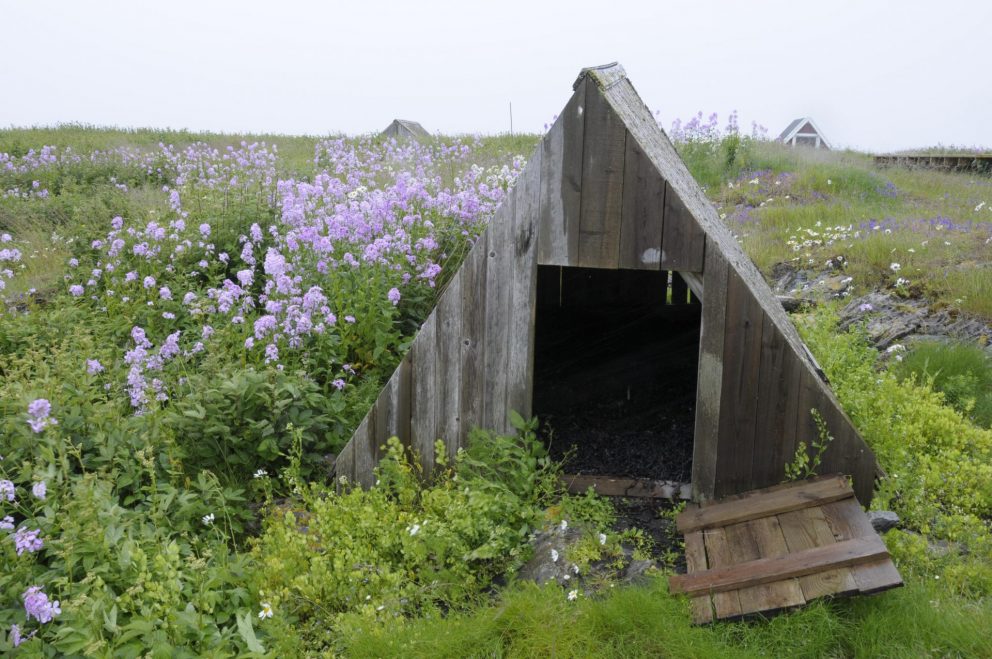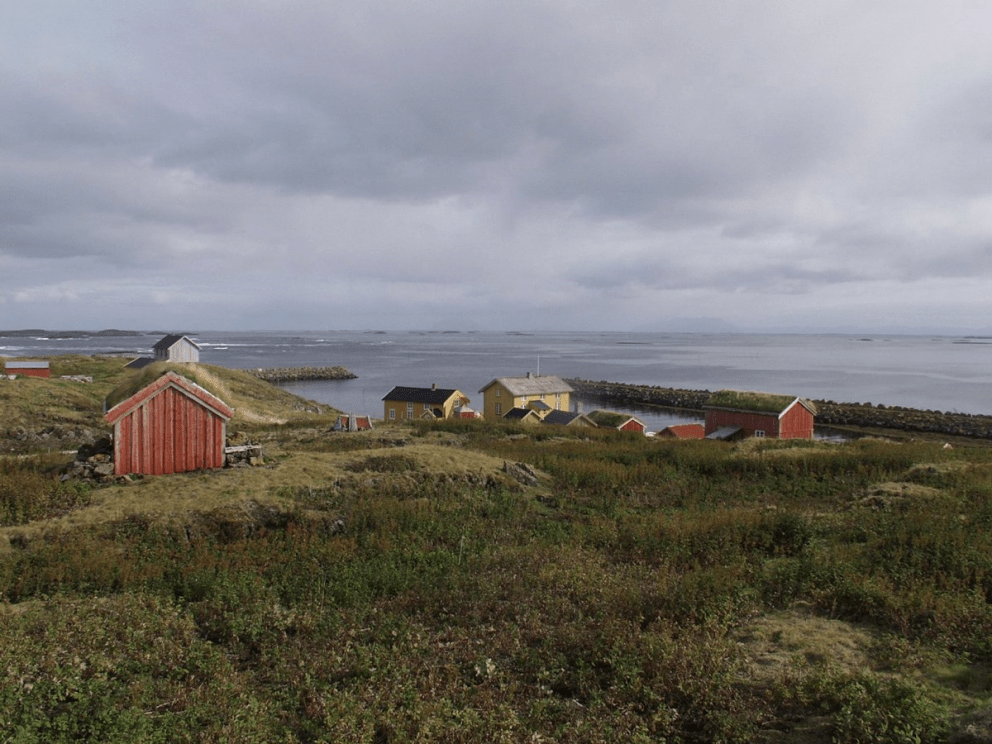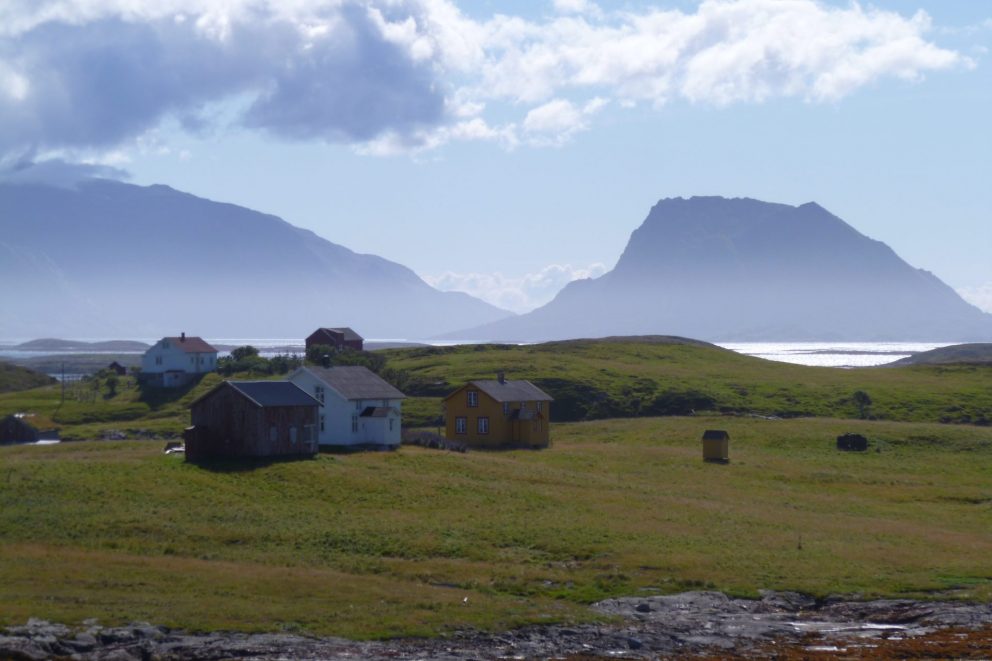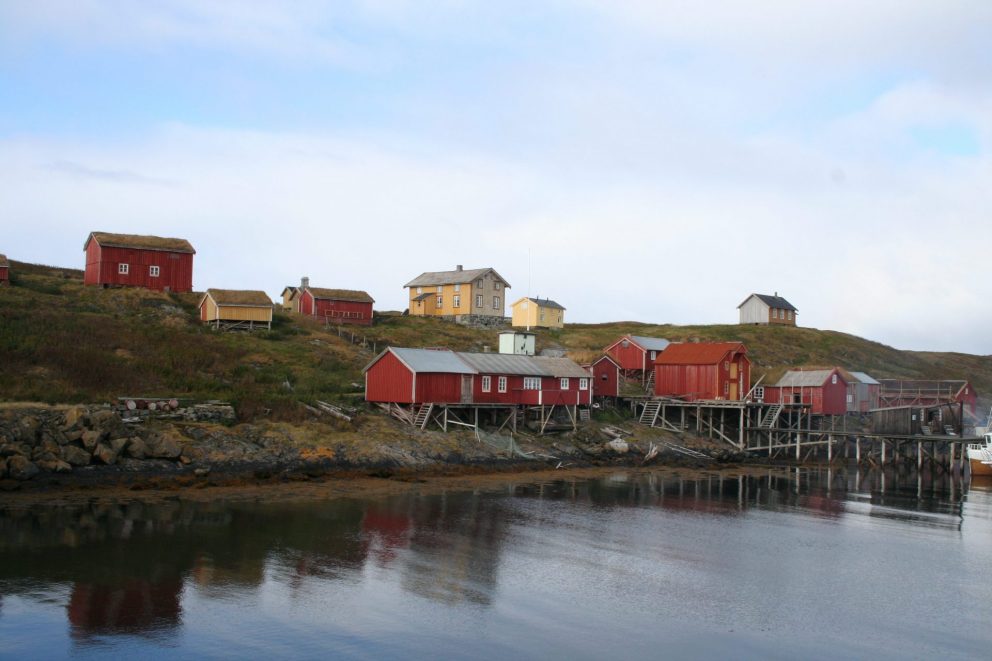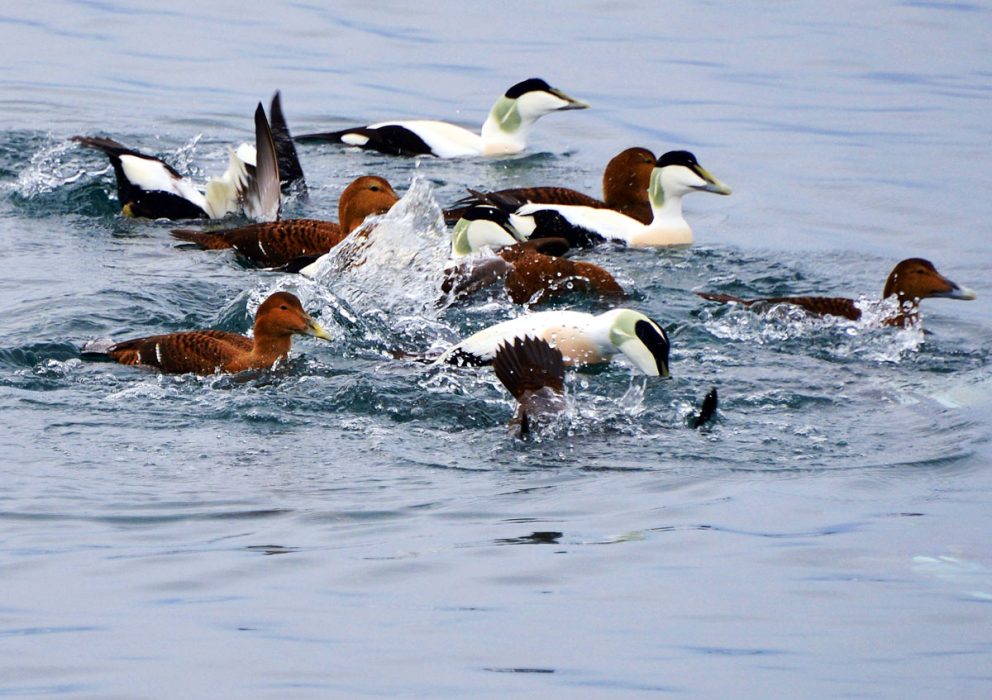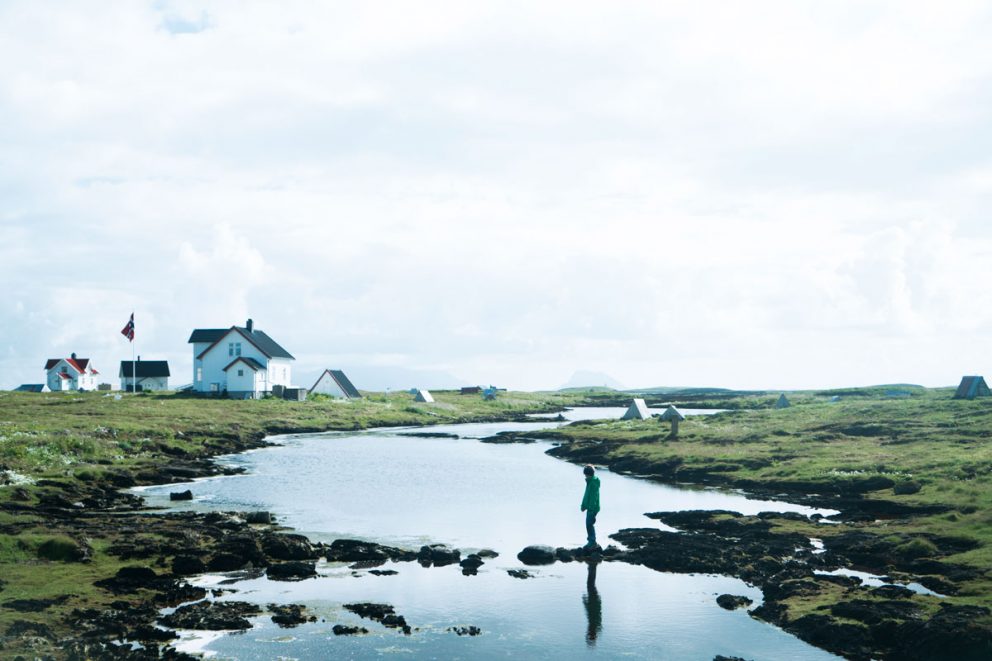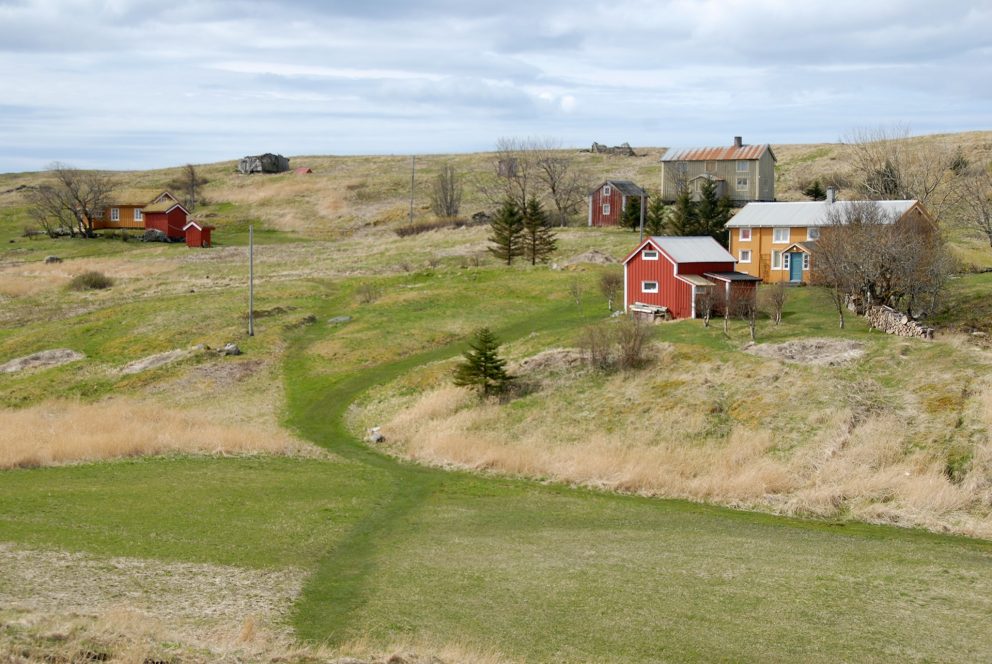World heritage
Vegaoyan – The Vega Archipelago
A cluster of dozens of islands centred on Vega, just south of the Arctic Circle, forms a cultural landscape of 107,294 ha, of which 6,881 ha is land. The islands bear testimony to a distinctive frugal way of life based on fishing and the harvesting of the down of eider ducks, in an inhospitable environment.
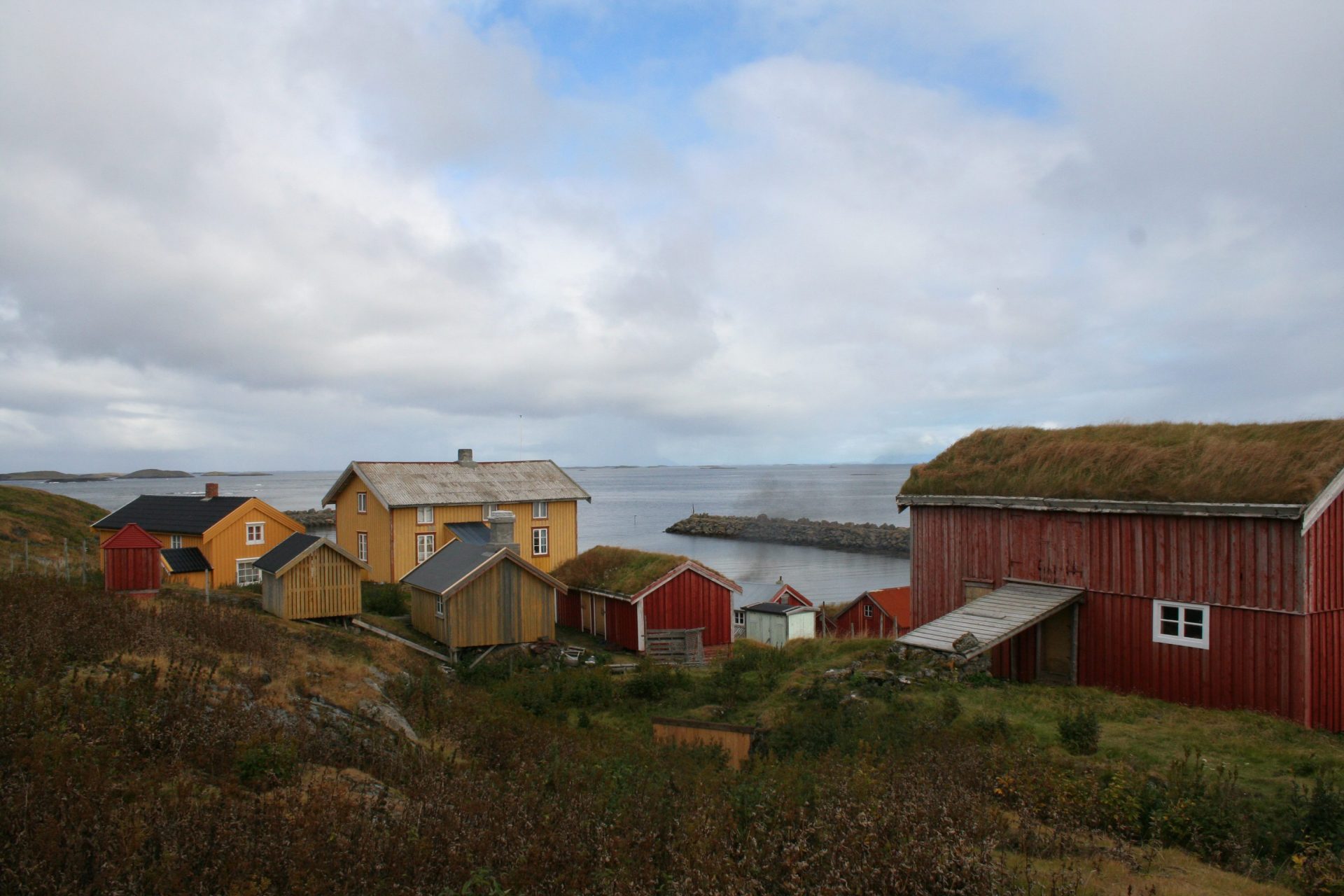
There are fishing villages, quays, warehouses, eider houses (built for eider ducks to nest in), farming landscapes, lighthouses and beacons. There is evidence of human settlement from the Stone Age onwards. By the 9th century, the islands had become an important centre for the supply of down, which appears to have accounted for around a third of the islanders’ income. The Vega Archipelago reflects the way fishermen/farmers have, over the past 1,500 years, maintained a sustainable living and the contribution of women to eiderdown harvesting.
The Vega Archipelago was inscribed on the World Heritage List in 2004.
Outstanding Universal Value
Brief synthesis
The Vega Archipelago is a shallow-water area just south of the Arctic Circle, on the west coast of Norway – an open seascape and coastal landscape made up of a myriad of islands, islets and skerries. A cluster of low islands centred on the more mountainous islands of Vega and Søla bear testimony of how people developed a distinctive, frugal way of life centred around fishing, farming and the harvesting of eider down (the down of the eider duck) in an extremely exposed seascape. The property covers a cultural landscape of 107,294 ha, of which 6,881 ha is land.
Fishermen and hunters have lived on the islands of Vega and Søla, where peaks tower to nearly 800 m, for more than 10,000 years. As numerous new islands gradually rose from the sea, the characteristic landscape became shaped by the interaction between fishermen-farmers and the bountiful nature in this exposed area. The Vega Archipelago now stands as a testimony to people who have developed unique, simple ways to live in and interact with nature.
They lived as fishermen-farmers, making the tending of eider ducks the centre of their way of life. The local peoples also built shelters and nests for the wild eiders that came to the islands each spring. The birds were protected from any unnecessary disturbance throughout the breeding season. In return, the people could gather the valuable eider down when the birds left their nests with their chicks. As early as the 9th century, tending eiders was reported to be a way for people in Norway to make a living, and the Vega Archipelago was the core area for this tradition. Women played a key role in this lifestyle, and the World Heritage property of the Vega Archipelago also celebrates their contribution to the tending of eider ducks. The tradition remains alive today, albeit to a smaller extent.
The islands and islets are either in groups or isolated, spread across the 50 km broad strandflat that stretches from the mainland to the edge of the continental shelf. The outermost islands are barren and have just a thin, patchy soil cover, whereas those closer to the mainland feature more nutrient-rich bedrock, are greener and show a farming-related biodiversity, linked to centuries of grazing and haymaking.
The rich maritime resources of the Vega Archipelago not only benefited local peoples, but also as many as 228 species of birds that can be observed in the archipelago, considered as the most important wintering area for seabirds in the Nordic region.
Criterion (v): The Vega archipelago reflects the way generations of fishermen-farmers have, over the past 1500 years, maintained a sustainable living in an inhospitable seascape near the Arctic Circle, based on the now unique practice of eider down harvesting, and it also celebrates women’s contribution to the eider down process.
View photos of the Vega Archipelago
Integrity
The boundaries of the World Heritage property encompass 6,500 islands, islets and skerries, as well as the waters north and west of Vega and parts of that main island and its coastal strip. The rest of the island of Vega forms part of the buffer zone of the World Heritage property.
The World Heritage property showcases the diversity and interaction of the natural features and cultural heritage of the Vega Archipelago, forming a unique cultural landscape. This diversity ranges from the islets where down was gathered to the fishing settlements and traditional farming complexes with characteristic field patterns, forming a mosaic in the landscape. Most of the old buildings are intact, from dwellings to boathouses, warehouses and sheds, beacons and lights; most of them have been renovated, making the area as a whole representative of settlements on the strandflat. Within the boundaries of the property, the interaction between characteristic natural and cultural elements of the cultural landscape allow for the long-term conservation of the area’s Outstanding Universal Value.
In areas where grazing and haymaking are no longer practiced and where no appropriate management strategies are in place, some of the cultural landscape is becoming overgrown or eroded. The bird life in the area is vulnerable to human disturbance in the breeding season, and the landscape may show signs of wear and tear if too many people visit the area. The large radio mast on Vega Island also has an impact on the main perspectives to and from the property.
Authenticity
The cultural landscape of the Vega Archipelago continues to be managed in a traditional manner, using time-honoured management techniques. The down tradition and the cultural landscape are taken care of by landowners and the local community in cooperation with the Vega Archipelago World Heritage Foundation and the management authorities. Bird tenders maintain the more than 1,000-year-old tradition of making houses and nests for the eiders on several of the down islets, protecting the birds through the breeding season, gathering the down and making the traditional eider downs.
Protection and management requirements
The management of the Vega Archipelago benefits from a variety of safeguarding measures. 22% of the land surface in the World Heritage property is designated for special nature protection under the Nature Diversity Act of 2009. Five nature reserves, four bird sanctuaries and one protected landscape area have been designated by Royal decrees.
All pre-Reformation (pre-1537) archaeological and historical monuments and sites are protected by the Cultural Heritage Act of 1978. In addition, special protection orders for later cultural heritage have been issued for 29 buildings at Skjærvær and for Bremstein Lighthouse.
The Municipal Plan for Vega contains a strategic part and part relating to land use, in order to monitor any development in other parts of the property and its buffer zone and to safeguard the Outstanding Universal Value of the property.
A Management plan for the property has been drawn up based on the careful documentation of ancient practices and the mapping of the existing biological diversity. Landowners, authorized users, Vega Borough Council, the County Council and national Government authorities work closely together in order to preserve the cultural landscape of the Vega Archipelago. The Vega Archipelago World Heritage Foundation was set up to promote the World Heritage and coordinate the local World Heritage effort. Representatives of management authorities, the Norwegian Nature Inspectorate, the regional museum and the local World Heritage coordinator work jointly to ensure a good follow-up of the Management Plan for the World Heritage property. The Government allocates funds annually to carry out management, dissemination, restoration and local value creation efforts in the Vega Archipelago World Heritage property.
An inventory of the duck nesting houses on the islands has been completed as part of the conservation of these unique structures.
Increasing numbers of grazing livestock and growing haymaking activities in several areas help to restore the overgrown landscape and safeguard the mosaic aspects of the landscape.
The attributes of the property that convey its values are documented and passed on to the local community and visitors by teaching children and young people through “hands-on” projects, research, guided excursions and information via the Internet, brochures and the like. A local “Society of Friends of the World Heritage Area” is helping to pass on traditional knowledge gained by experience.
Solutions are sought to minimise the visual impact of the radio mast, and challenges related to the number of visitors are followed up through the Norwegian Nature Inspectorate with targeted management of protected areas and by providing information on the values of the area. A vulnerability analysis of traffic in the area has been performed, and there is a separate strategy for tourism and a pilot project for sustainable tourism.
